Grasses for heavy clay?
greenlarry
16 years ago
Related Stories

GARDENING GUIDESGardening Solutions for Heavy Clay Soils
What’s a gardener to do with soil that’s easily compacted and has poor drainage? Find out here
Full Story
GARDENING GUIDESGreat Design Plant: Purple Needle Grass, California’s State Grass
The long-lived, drought-tolerant Stipa pulchra is as admired for its benefits as for its good looks
Full Story
GARDENING GUIDESHow to Stop Worrying and Start Loving Clay Soil
Clay has many more benefits than you might imagine
Full Story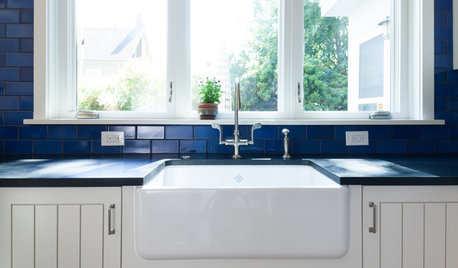
KITCHEN DESIGNKitchen Sinks: Fireclay Brims With Heavy-Duty Character
Cured at fiery temperatures, fireclay makes for farmhouse sinks that just say no to scratches and dents
Full Story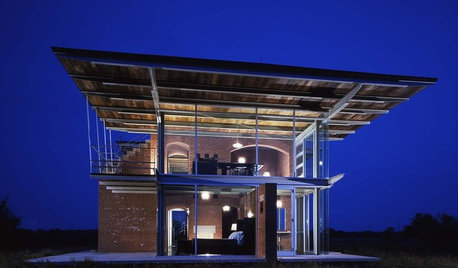
LIGHTINGGreat Compositions: Heavy and Light
Contrast in mass, delicacy, color and texture creates unforgettable design
Full Story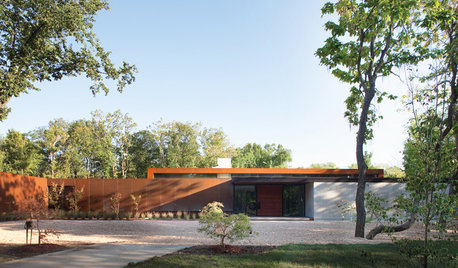
MODERN HOMESHouzz Tour: Heavy Metal Rocks a Modern Missouri Home
Steel shows up all over this single-level family home, but wood and other textures warm the look
Full Story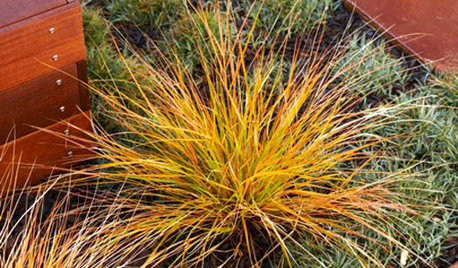
GOLD FOLIAGEGreat Plant: New Zealand Wind Grass
Gorgeous, green-to-gold feather grass make a big impact for little effort
Full Story
INSPIRING GARDENSInside Houzz: A Waterfront Property Ditches the Grass for a Garden
New drought-tolerant plantings and outdoor gathering spaces help this California backyard take in the view without wasting space or water
Full Story
GARDENING GUIDES9 Clay-Busting Native Flowers for Summer Sun
These plants survive and even thrive in tough clay soil east of the Rocky Mountains
Full Story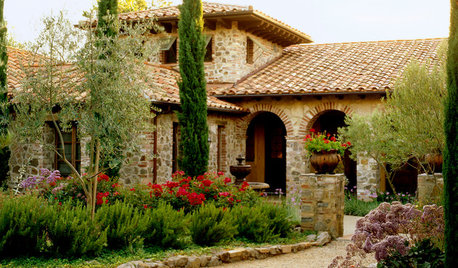
ROOFSRoof Materials: Get an Old-World Look With Clay Roof Tiles
The ancient roof material of choice remains the modern-day ideal for authentic Italian, Mediterranean and Spanish home styles
Full Story






donn_
greenlarryOriginal Author
Related Professionals
Erie Landscape Architects & Landscape Designers · Cockeysville Landscape Contractors · East Lake-Orient Park Landscape Contractors · Fort Mill Landscape Contractors · Huntley Landscape Contractors · Round Lake Landscape Contractors · Snoqualmie Landscape Contractors · Benicia Solar Energy Systems · Cerritos Solar Energy Systems · Chino Hills Solar Energy Systems · Moraga Solar Energy Systems · ‘Ewa Beach General Contractors · Jericho General Contractors · Manalapan General Contractors · The Hammocks General Contractorswebkat5
greenlarryOriginal Author
donn_
greenlarryOriginal Author
greengrass_grower
cactusgarden
RickandChrystal
cactusgarden
grassboro